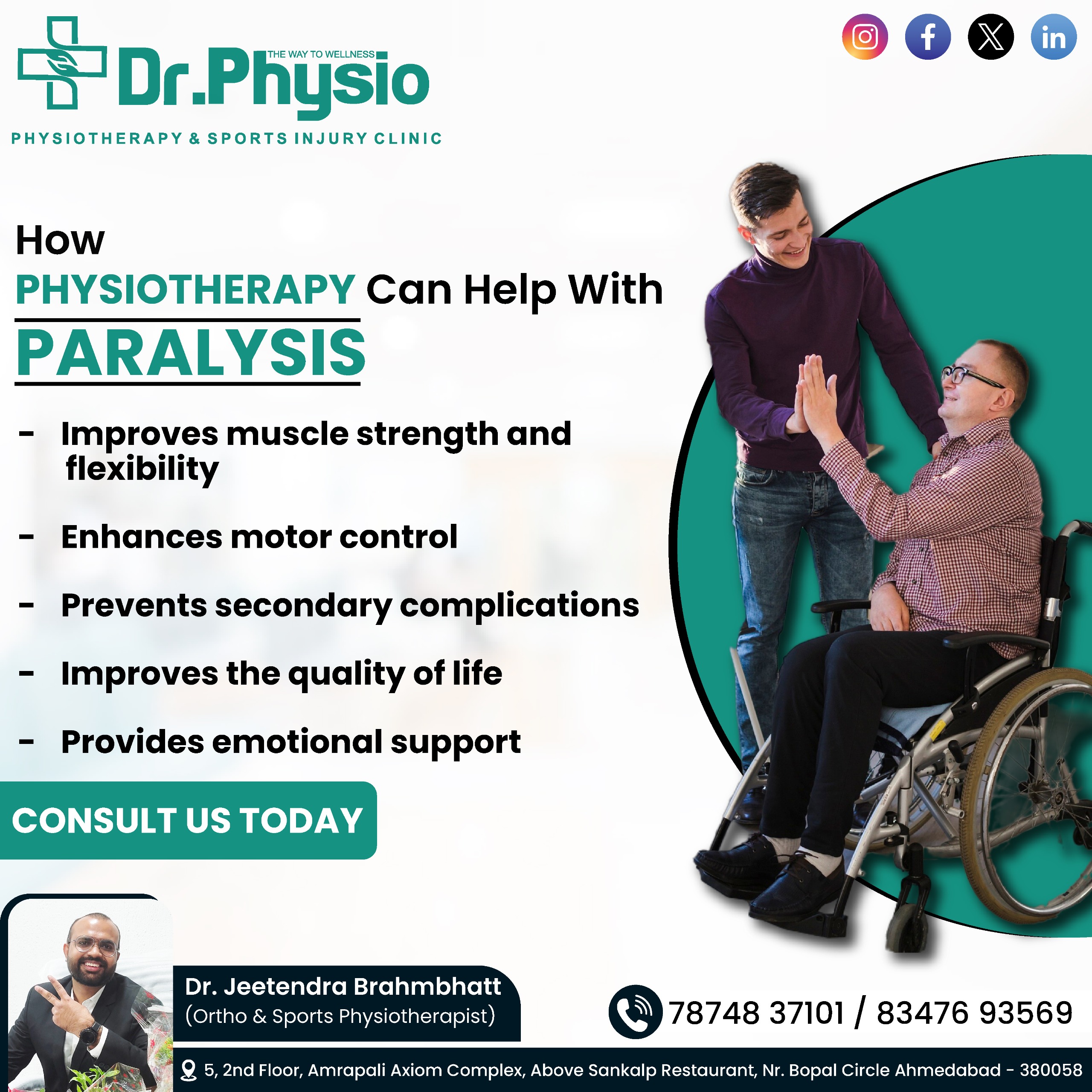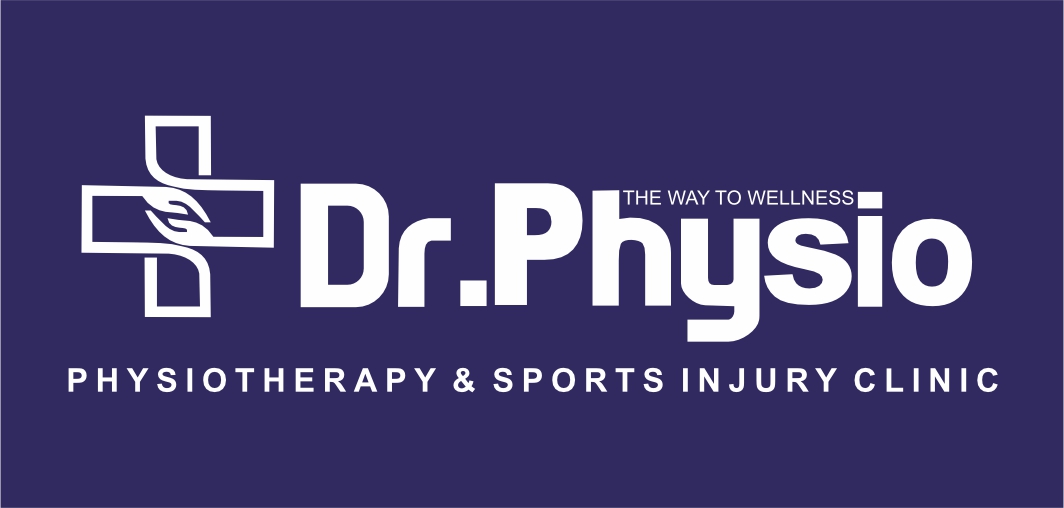+918048039022

This is your website preview.
Currently it only shows your basic business info. Start adding relevant business details such as description, images and products or services to gain your customers attention by using Boost 360 android app / iOS App / web portal.
Physiotherapy plays a vital role in the rehabilita...

Physiotherapy plays a vital role in the rehabilitation of individuals with paralysis, aiming to maximize their physical function, independence, and overall quality of life. The approach taken by physiotherapists is tailored to the type and extent of paralysis, whether it's due to a stroke, spinal cord injury, multiple sclerosis, or other neurological conditions. Here are key components of physiotherapy in the management of paralysis: 1. Initial Assessment and Planning: Physiotherapists begin with a detailed assessment of the patient’s physical abilities, medical history, and functional limitations. Individualized Treatment Plan: Based on the assessment, we develop a personalized rehabilitation program with specific, measurable goals. 2. Mobility Training: Techniques to help patients move safely and effectively, often starting with bed mobility and progressing to sitting, standing, and walking as possible. Gait Training: Use of parallel bars, walkers, or other assistive devices to improve walking ability. 3. Strength and Conditioning Exercises to strengthen unaffected muscles to compensate for those that are paralyzed, improving overall stability and function. Range of Motion (ROM) Exercises: To prevent contractures and maintain joint flexibility. 4. Functional Training Activities of Daily Living (ADLs): Task-specific training to help patients relearn essential skills such as dressing, bathing, and feeding themselves. Use of Adaptive Equipment: Training on the use of tools and devices that aid in daily tasks, such as adaptive utensils or dressing aids. 5. Pain Management and Spasticity Control Techniques like massage, joint mobilizations, and stretching to alleviate pain and reduce muscle tightness. Modalities: Use of heat, cold, ultrasound, or electrical stimulation to manage pain and spasticity. 6. Neuroplasticity and Motor Learning Repetitive Task Practice: Encouraging repeated practice of specific movements to promote neuroplasticity, helping the brain rewire itself to improve function. Constraint-Induced Movement Therapy (CIMT): Forcing the use of the affected limb to enhance its function and promote motor recovery. 7. Balance and Coordination Training Balance Exercises: Techniques to improve stability and reduce the risk of falls, often incorporating tools like balance boards or stability balls. Coordination Activities: Exercises to enhance fine motor skills and overall body coordination. 8. Cardiovascular Fitness Adapted exercises to improve cardiovascular health and increase endurance . 9. Education and Support Teaching about the condition, the importance of regular exercise, proper body mechanics, and how to prevent complications like pressure sores. Caregiver Training: Educating family members or caregivers on how to assist the patient safely and effectively. 10. Psychological and Emotional Support Counseling and Motivation: Providing emotional support and motivation to help patients cope with the psychological challenges of paralysis. Stress Management: Techniques like breathing exercises, meditation, and relaxation strategies. 11. Regular Monitoring and Adjustment Progress Tracking: Continuous assessment of the patient’s progress to adjust the treatment plan as needed.

